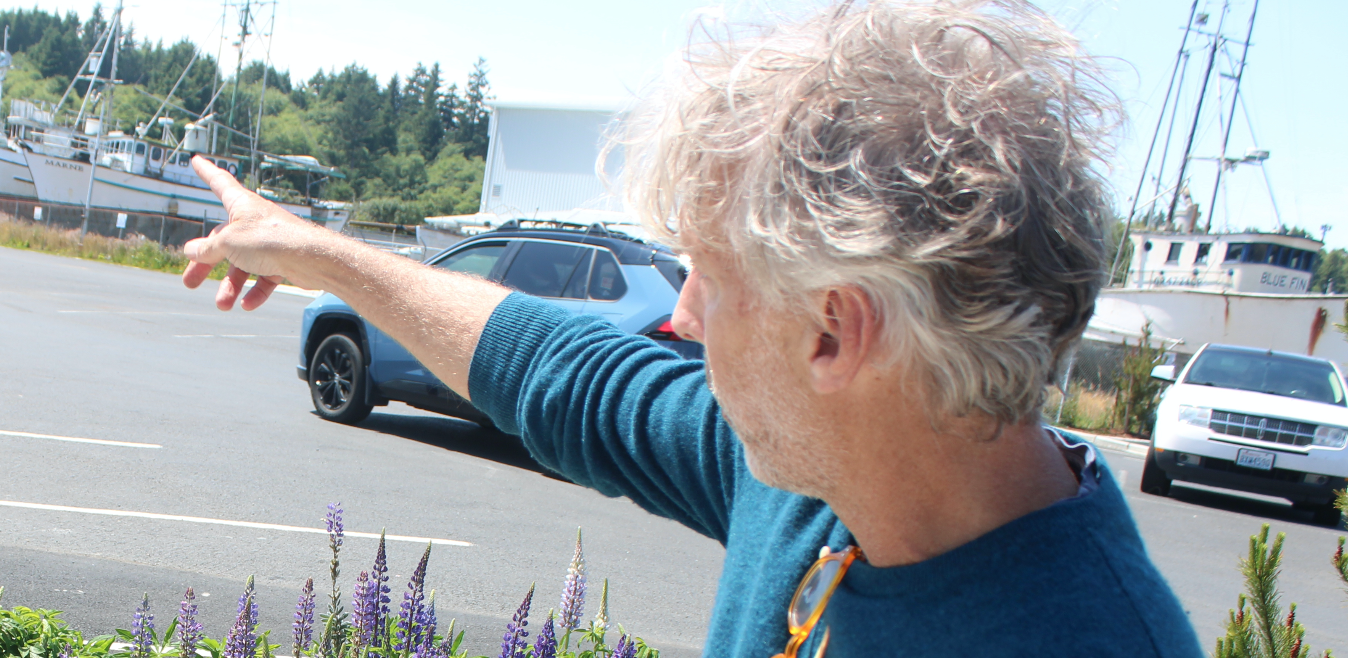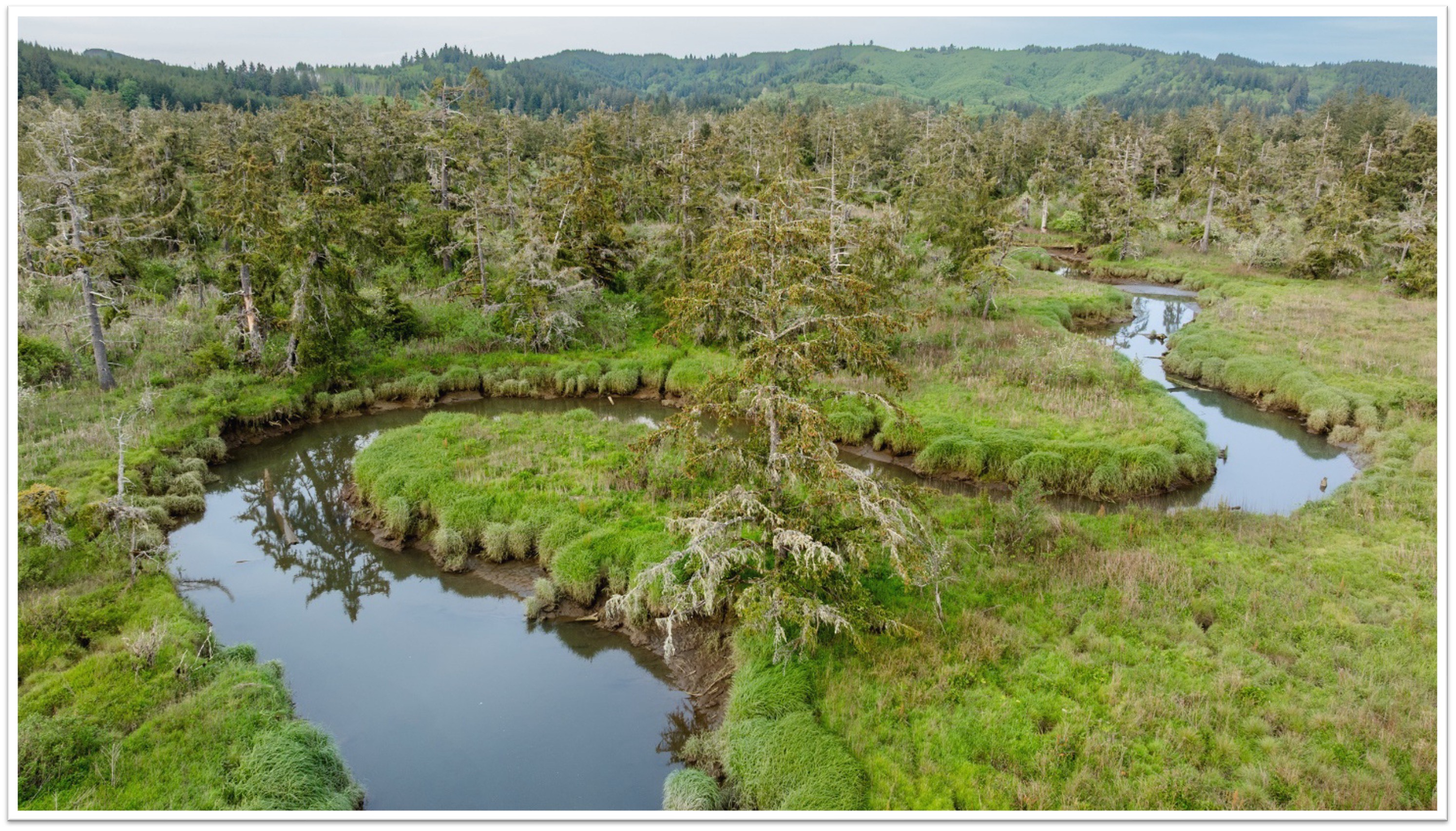Living with Northwest Wildlife: Cougars
Published 5:00 pm Wednesday, May 15, 2024
Washington State is home to an estimated 2,500 cougars. Native to the Evergreen State, the cougar, or mountain lion, is the largest cat in Washington, weighing considerably more than its cousins — the lynx, bobcat and domestic cat. Sleek and graceful, the cougar is a solitary and secretive animal rarely seen in the wild. In Washington, however, where humans are encroaching on wildlife habitat and cougar numbers are rebounding, the number of cougar sightings in suburban areas is on the rise.
Roughly 7-feet long from head to tail, and weighing up to 200 pounds, the cougar is known for its agility and awesome ability to jump. Its exceptionally powerful legs enable a lion to leap 30 feet from a stand still, or jump 20 feet straight up a cliff wall. A cougar can take down elk and moose — prey much larger than themselves. This predator’s brute strength and powerful jaws enable it to drag animals weighing as much, if not more, than itself.
Cougar Country
Cougars prefer rocky terrain, dense brush and semi-open forests. The other essential ingredient, of course, is deer and elk, the cougar’s main prey. The majority of Washington’s cougars reside in the eastern Okanogan Highlands, the Selkirk Mountains and the Blue Mountains of eastern Washington, as well as in the Cascade Mountains, Olympic Mountains and Willapa Hills of southwestern Washington. Traditionally, cougars were associated almost exclusively with deer and elk herds, but as cougar have expanded their range and adapted to semi-urban areas, smaller mammals like raccoons, coyotes and opossums supplement their diet.
Cougars are territorial animals and maintain home ranges of up to 100 square miles. The lions mark their territories with “scratch hills” or scrapes — leaves, grasses and dirt they rake together into small piles and urinate on. Most active at dawn and dusk, cougars are lone hunters designed for short bursts of speed. They prefer to ambush their prey and often drag their kills to secluded spots where they will eat it and then cover, or cache, the remains for later.
Cougars: Close Encounters
Cougar attacks on humans are extremely rare. In North America, around 20 fatalities and 100 non-fatal attacks have been reported during the past 100 years. However, more cougar attacks have been reported in the western U.S. and Canada over the past 20 years than in the previous 80.
If living in cougar country, especially wooded foothills:
• Keep pets indoors or in secure kennels at night for safety.
• If practical, bring farm animals into enclosed sheds or barns at night, especially during calving or lambing seasons.
• Do not leave pet food or food scraps outside.
• Store garbage in cans with tight-fitting lids so odors do not attract small mammals.
• When children are playing outdoors, closely supervise them and be sure they are indoors by dusk.
• Light walkways and remove any heavy vegetation or landscaping near the house.
• Avoid feeding wildlife or landscaping with shrubs and plants that deer prefer to eat. Remember, predators follow prey.While recreating in cougar habitat you can avoid close encounters by taking the following precautions:
• Hike in small groups and make enough noise to prevent surprising a cougar. Avoid hiking alone.
• Keep small children close to the group, preferably in plain sight just ahead of you.
• Do not approach dead animals, especially recently killed or partially covered deer and elk.
• Be aware of your surroundings, particularly when hiking in dense cover or when sitting, crouching or lying down. Look for tracks, scratch piles, and partially covered droppings.
•Keep a clean camp. Reduce odors that may attract small mammals like raccoons, which in turn attract cougars. Store meat, other foods, pet food, and garbage in double plastic bags.
•Do not leave your pet tied at a campsite, which may also attract cougars. Better yet, leave “Rover” at home when camping or hiking.
Thousands of people spend time in Washington’s wildlands each year, yet relatively few will catch a glimpse of a cougar, much less confront one. If you do come face to face with a cougar, your actions can either help or hinder a quick retreat by the lion. Here are some tips.
• Stop, stand tall and don’t run. Pick up small children immediately. Running and rapid movements may trigger an attack. Remember, a cougar’s instinct is to chase.
• Face the cougar, talk to it firmly and slowly back away. Always leave the animal an escape route.
• Try to appear larger than the cougar by getting above it. (e.g., stepping up onto a stump). If wearing a jacket, hold it open to further increase your size.
• Do not take your eyes off the animal or turn your back. Do not crouch down or try to hide.
• Never approach the animal, especially if it is near a kill or with kittens. Never corner the animal or offer it food.
• If the animal does not flee and shows signs of aggression (crouches with ears back, teeth bared, hissing, tail twitching, and hind feet pumping in preparation to jump), be more assertive. Shout, wave your arms and throw rocks. The idea is to convince the cougar that you are not prey, but a potential danger.
• If the cougar attacks, fight back aggressively and try to stay on your feet. Cougars have been driven away by people who have fought back using anything within reach, including sticks, rocks, shovels, backpacks, and clothing — even your bare hands. Generally, if you are aggressive enough, a cougar will flee, realizing it has made a mistake.
Cougars: Facing the Facts
Common names
Cougar, mountain lion, puma, panther, catamount, scientific name, Puma concolor, meaning “cat of one color.” The cougar is a member of the cat family, cats have short faces, relatively small rounded ears, and retractable claws.
Size
An adult cougar’s body length ranges from 42 to 54 inches with tails nearly three feet long (a third of the lion’s total length). Adults range from 26- to 31-inches tall at the shoulder.
Weight
Adult males can weigh up to 200 pounds, adult females up to 120 pounds, and subadults approximately 40 to 60 pounds.
Color
Cougars vary in color from reddish-brown to tawny to gray with a black tip on their tail. Kittens have black spots.
Range/Habitat
In Washington, cougars prefer rocky terrain, steep slopes and cliffs, rimrock, dense brush and semi-open forests — essentially the same general range as its prey species, the deer, elk, mountain goat and wild sheep.
Abundance
Over 20,000 cougars are thought to live in the Western United States, of which 2,500 are estimated to inhabit Washington.
Food
Cougars are carnivores, meaning they eat mainly meat. Their diet consists primarily of deer and elk. Mountain goat, wild sheep, moose, coyotes, porcupine, raccoons, beaver, hares, rodents, and occasionally, domestic animals all supplement their diet. Cougars will cache uneaten portions of their kill or cover it for later consumption, but will not eat spoiled meat, as bears will.
Habits
Cougars are primarily crepuscular (active at dawn and dusk) and secretive animals. Adults, particularly the males, roam widely often covering a home range of 75-100 square miles. The lions are territorial and will “mark” their territories by urinating on scratch piles. They den in rock outcroppings, dense thickets and under uprooted trees.
Life span
Cougars 8-12 years are considered old, yet they may live up to 20 years.
Breeding
Cougars breed for the first time between 2 and 3 years of age. They are polygamous, meaning individuals may breed with several different cougars. The bond between male and female is short-lived and the male cougar plays no role in raising the kittens. A female’s gestation period is 88-97 days (about 3 months). The animals normally breed every other year and during no particular breeding season.
Young
Females usually give birth to two kittens, but litters may range from one to six kittens, and may be born any month of the year. Newborns are 8-12 inches long and weigh less than a pound. Kittens remain with their mother for a year and a half.






